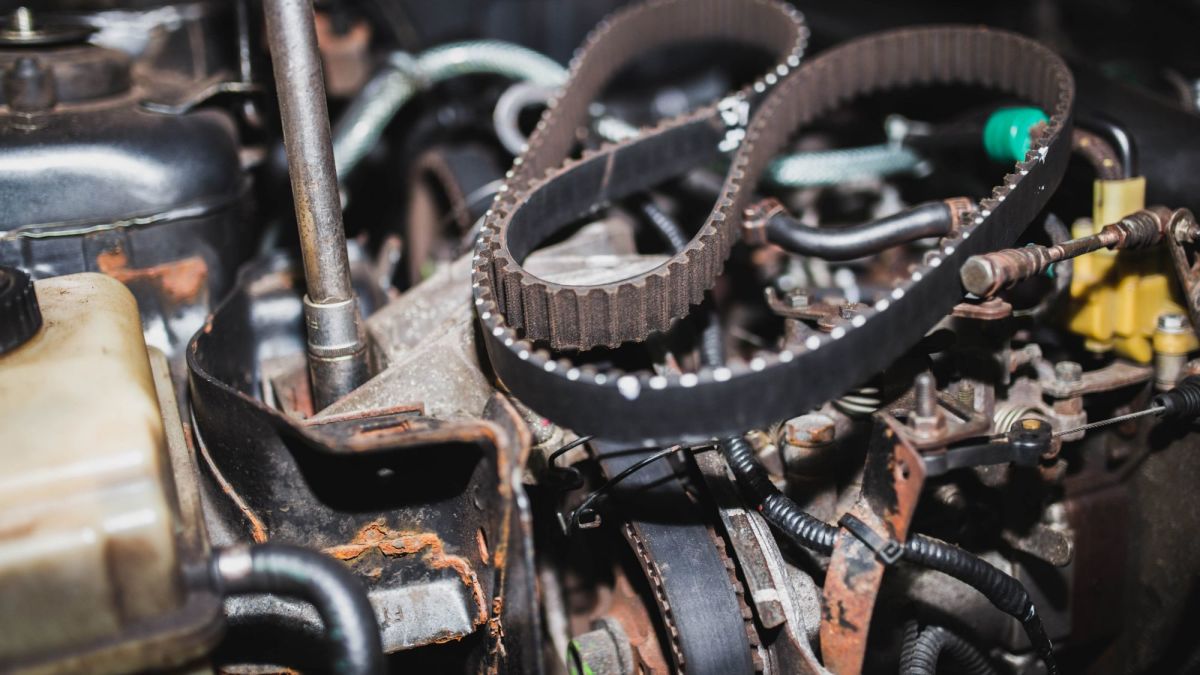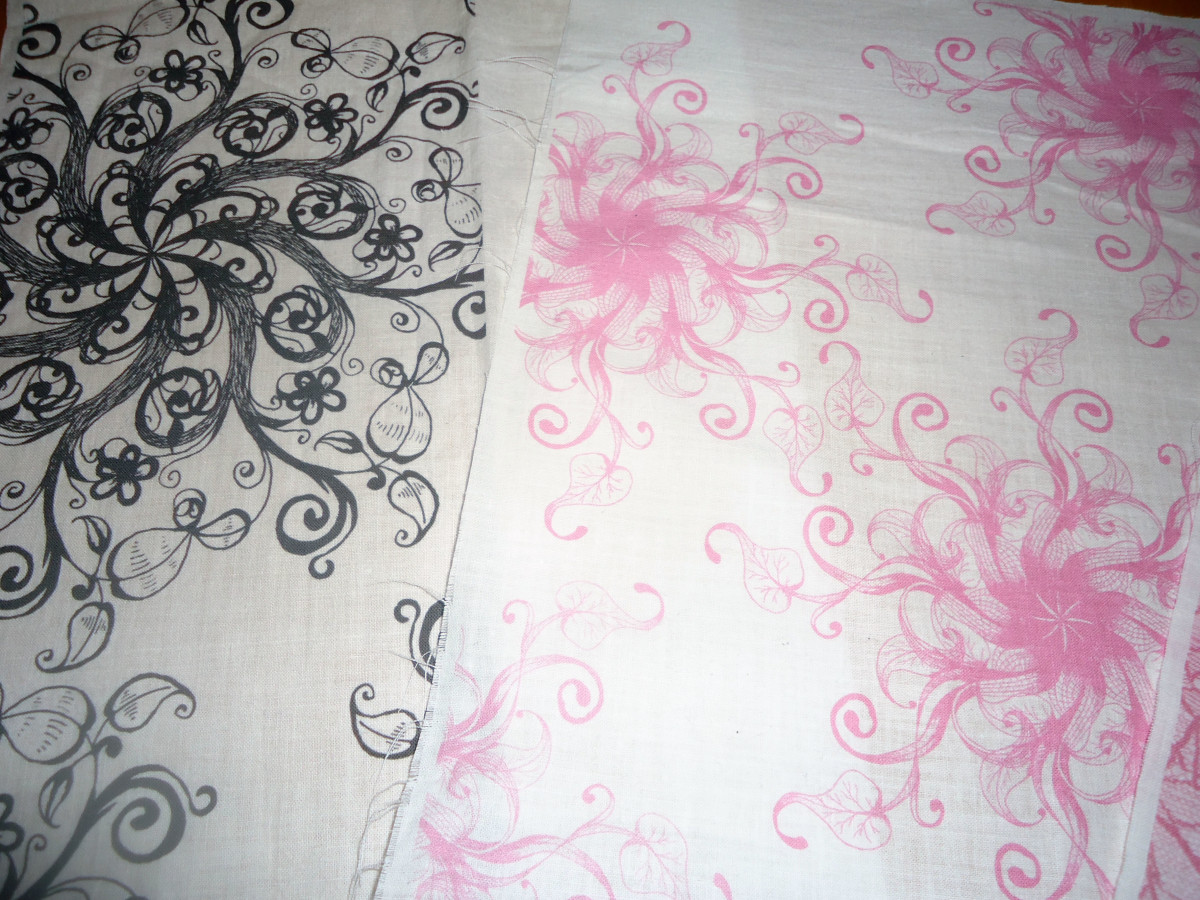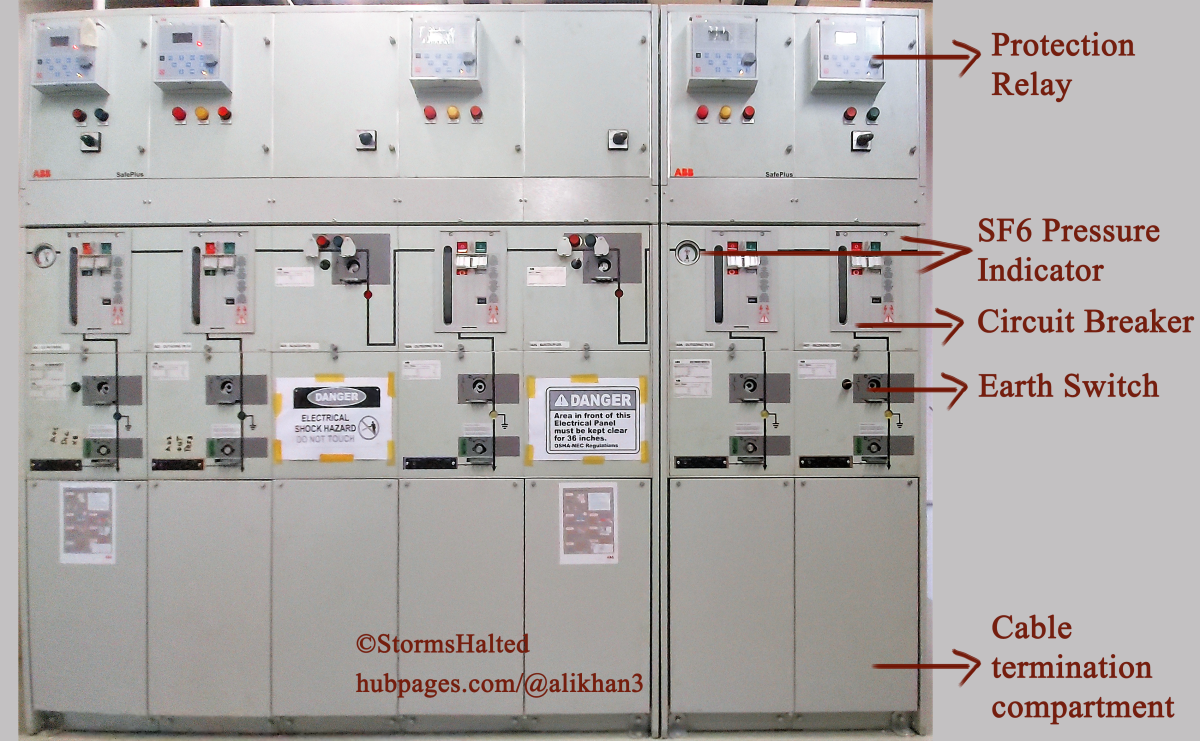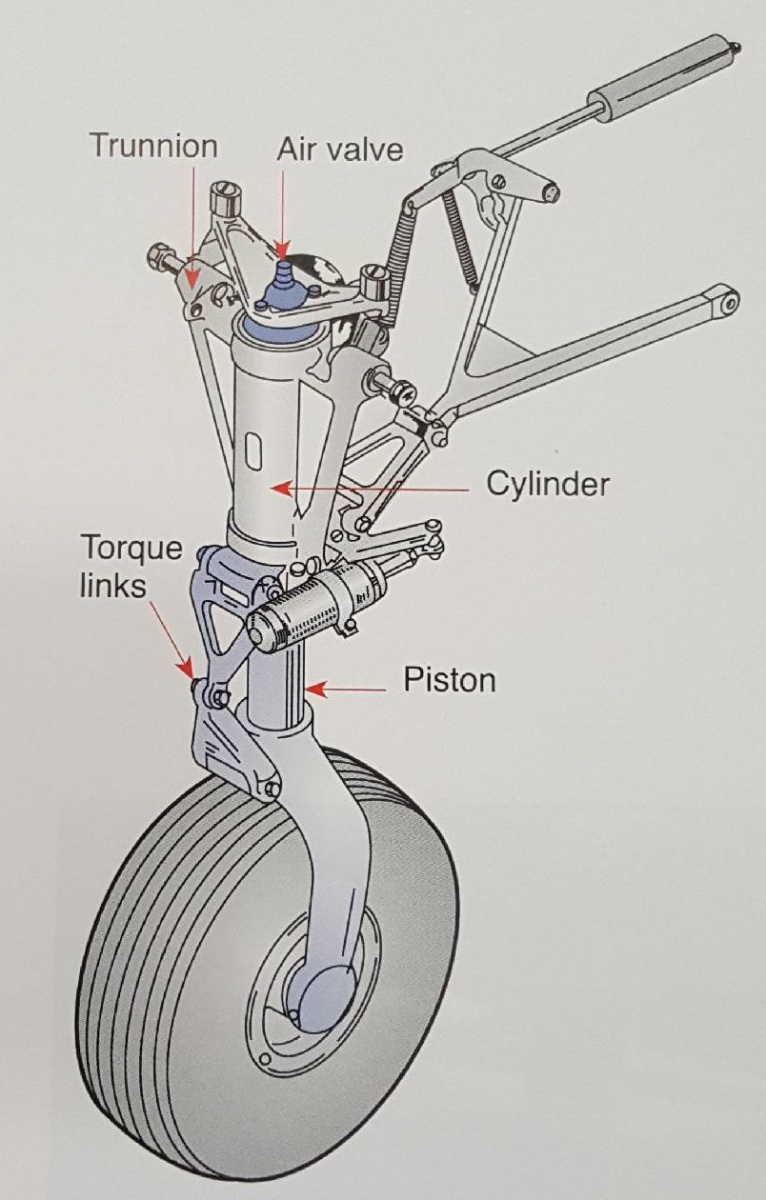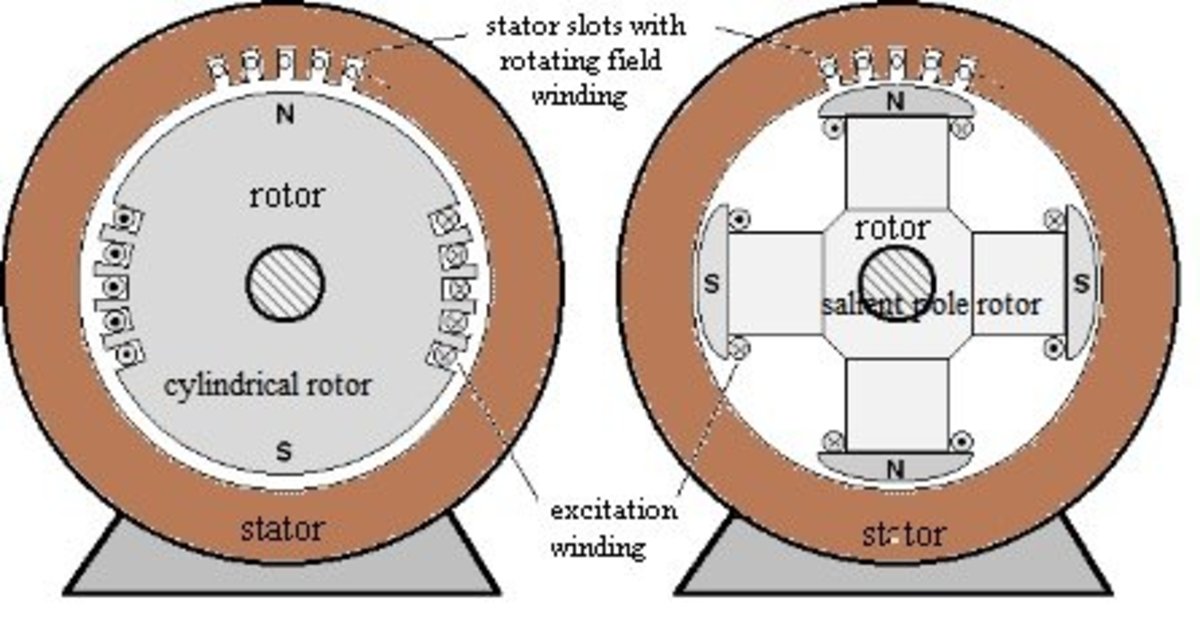The Promise of 3D Printing
A Growing New Technology
3D printers are in the news a lot - if you pay attention to the right kind of news. To most people, however, they remain at best mysterious, at worst unknown.
From the term, it is easy to guess what a 3D printer is - it is a printer that prints in three dimensions instead of two, fabricating entire objects based off of software instructions. As such, it is a form of CAM (Computer Aided Manufacturing), which is distinguished by using fairly small equipment.
Industrial 3D printers have existed since the 1980s, used to make prototypes. Now, though, the technology is invading our homes...and other key areas of our lives.
Medicine
Perhaps the most exciting prospect is the application of 3D printing techniques to medicine.
First of all, 3D printing is becoming an established means of making prosthetics. The majority of in-the-ear hearing aids are made using a 3D printer from a scan of the person's ears - these hearing aids fit better and are thus more comfortable. 3D printing is also being used, quietly, to create orthopedic and dental implants that are, once more, a much better fit than anything mass produced.
Second of all, 3D printing is being used to make more accurate models of parts of the human body that can then be used for training or in surgical prep. If you're planning on putting somebody's jaw back together, it helps to have an accurate 3D model not just of a broken jaw but of that specific broken jaw.
These applications, however, are nothing compared to the next step. 3D printers can now print cartilage. A 3D printer was used to create a new trachea for one patient. Other printers produce bone scaffold - a ceramic, bone-like substance that, by its design, encourages the patient to lay down new bone. Given a few years, this may allow repair of damage that now requires amputation. Potentially, it might even allow a new leg or arm to be 'grown'.
We can now 3D print blood vessels. Serious research is going on that might lead to the ability to grow entire organs. To literally print somebody off a new heart. These organs are grown from the patient's own tissue, and thus are much less likely to be rejected. Goodbye organ donor shortage. Goodbye expensive anti-rejection drugs.
When is this likely to happen? Ten years at the outside.
Replacement Parts
Replacement parts for people may be a while off, but 3D printers are ideal for producing replacement parts for machines.
Let's say you found an old Airfix kit in the attic. It's from the 1930s and the design hasn't been made in years...and when you try to put it together there's a part missing. No problem...use the description in the instructions to print off a new one.
Or, say, you're trying to restore an old car...
It no longer matters whether the part is still made as long as you know the dimensions. 3D scanners are being developed that would allow you to put the old bit of exhaust manifest in a scanner, scan it, then print off a version that didn't have rust holes in it. An exact copy. Problem solved.
Food
Food replicators? That's Star Trek.
Well, we're a long way from being able to 3D print a steak out of whatever edible material happens to be handy. However, some culinary schools are already using food printers and they're likely coming to a restaurant near you.
Think about those fancy cakes that have a design on the frosting. 3D printers allow that to be done a lot more easily. Or think about how long decorating the Christmas cookies take.
Food printers could even be fed with cookie dough and used to make fun cookie shapes that would be hard to do by hand. And maybe one day we will be able to 3D print a cooked turkey. Who knows...
Cheap Machines
Earlier this year, a team created a 3D printer that could fabricate entire robots, quickly and so cheaply the individual machines could be considered disposable.
They're marketing it for search and rescue and disaster relief purposes. Such robots could also be useful for clearing old minefields. (The military, no doubt, will love them). Eventually, though, this opens the door to fabricating any kind of machine.
Schools could put one of them in their science lab or shop and let kids experiment with robot designs. And building your own computer might take on a very different meaning.
Entertainment
When the makers of Skyfall needed to blow up an old Aston Martin on camera, they didn't resort to an expert model maker.
They hired a 3D printing company to create an exact 1/3 scale replica, part for part, of the real Aston Martin...then when they blew it up it looked exactly as if they had really blown up an irreplaceable Aston Martin (the real vehicle was barely used in the film).
3D printing has a lot of promise for creating cheap props and models...and one day it will also bring down budgets (it cost Skyfall $100,000 each for the three Aston Martin replicas they ordered, which is hardly cheap, but new technology always comes down in price with time). It may even be that entire parts of sets will eventually be printed from scans of real buildings elsewhere.
3D Printing At Home
So...how do you get one of these wonderful devices?
http://www.fabathome.org/ is a great starting point if you are particularly savvy. They provide plans and parts so that you can put together your own 3D printer, selecting the features and capabilities you want. People have used these printers to make food, batteries, entire flash lights...you can even 'print' in stainless steel. They also offer open source software.
If building your own 3D printer is far too ambitious a project, then there are several companies that offer 3D printers of various kinds, either intact or in an easy to assemble kit. The bad news, of course, comes in the price. The cheapest 3D printers start at $1,500 and they only go up from there. Those cheap printers only have a single head - fine for that Airfix part, but not so good for more complicated applications. For a really usable unit, you're still talking at least $10,000. Not yet feasible for the average person.
However, ordinary printers were once that expensive.
Caveats and Thoughts
3D printing has the potential to make the cost of objects trivial, and to limit true profitability to design.
Personally, I wonder if the current major assaults on 'copyright violation' by large companies are born of a fear that new technology might make solid objects almost as easy to copy as digital files.
3D printing could cause major economic changes - it is what is called a disruptive technology that will eliminate some jobs, whilst creating others. The next few years will begin to show what impact this technology will actually have on our lives.




